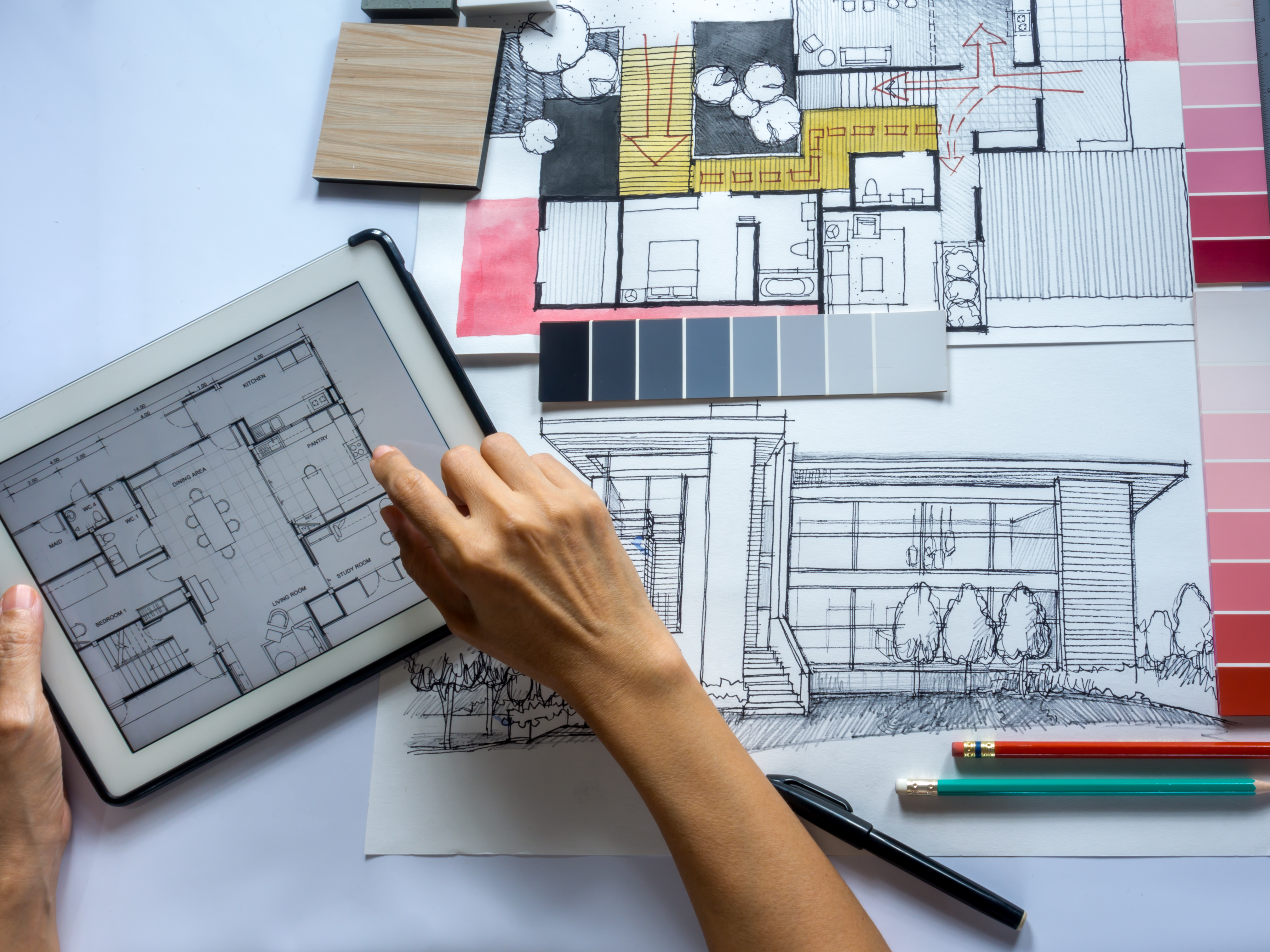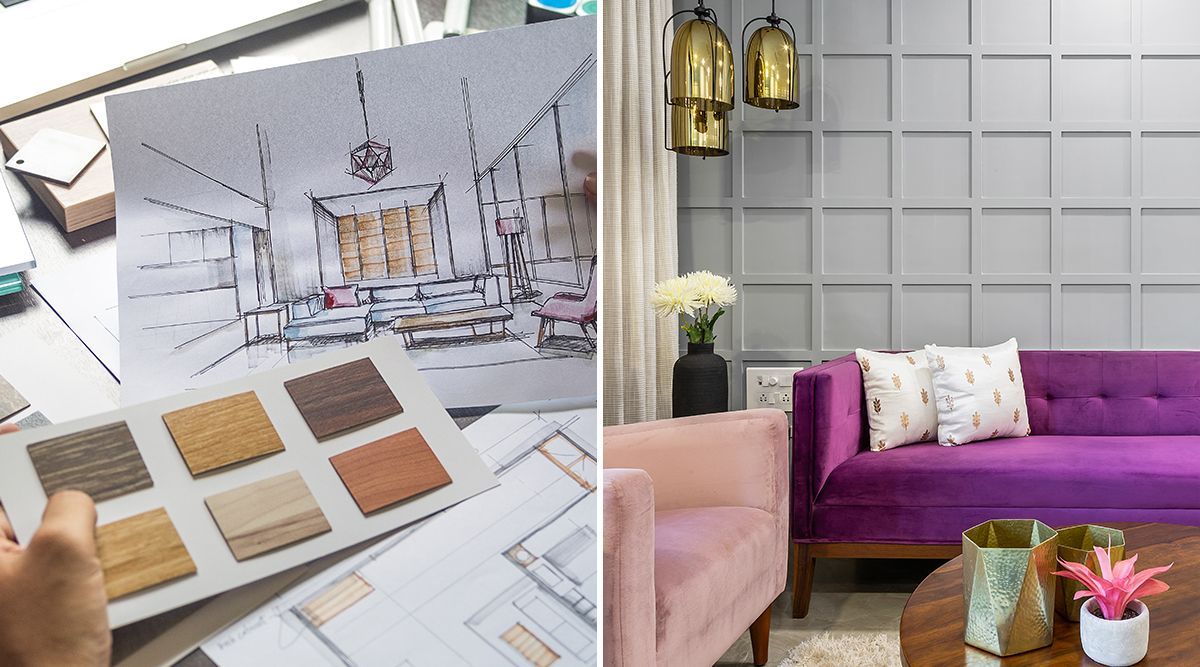Elegant Country Home Design for Modern Living
Elegant Country Home Design for Modern Living
Blog Article
The Art of Balance: Exactly How Interior Design and Home Designer Collaborate for Stunning Outcomes
In the realm of home style, striking a balance in between aesthetics and performance is no little accomplishment. This delicate stability is attained via the unified collaboration between indoor designers and architects, each bringing their unique knowledge to the table. The result? Areas that are not just visually spectacular but also very habitable. However, this perfect mix is not always simple to obtain. Keep with us as we discover the intricacies of this joint procedure and its transformative influence on home style.
Recognizing the Core Distinctions In Between Interior Decoration and Home Architecture
While both Interior Design and home design play important functions in developing aesthetically pleasing and useful spaces, they are inherently various techniques. Home design largely concentrates on the architectural aspects of the home, such as developing codes, safety and security policies, and the physical construction of the room. It manages the 'bones' of the structure, dealing with spatial dimensions, load-bearing wall surfaces, and roofing designs. On the other hand, Interior Design is extra concerned with enhancing the aesthetic and sensory experience within that framework. It entails selecting and preparing furniture, choosing shade plans, and incorporating ornamental aspects. While they operate in tandem, their functions, duties, and locations of expertise deviate significantly in the creation of an unified home setting.
The Harmony Between Home Architecture and Inside Layout
The synergy in between home design and Interior Design lies in a shared vision of style and the enhancement of useful aesthetic appeals. When these 2 areas line up sympathetically, they can change a space from ordinary to phenomenal. This partnership needs a much deeper understanding of each self-control's concepts and the capability to produce a cohesive, visually pleasing setting.
Unifying Layout Vision
Combining the vision for home design and indoor layout can produce a harmonious living area that is both practical and cosmetically pleasing. It promotes a collaborating method where building components enhance indoor style elements and vice versa. Therefore, unifying the design vision is critical in blending style and interior design for magnificent results.
Enhancing Useful Aesthetics
Just how does the synergy in between home architecture and Interior Design boost practical looks? This synergy allows the development of areas that are not just visually enticing however likewise easily functional. Designers prepared with their structural layout, making certain that the area is sensible and reliable. The indoor developer after that enhances this with thoroughly chosen components that boost the aesthetic appeals without compromising the functionality. This harmonious collaboration can result in homes that are both livable and attractive. For example, an architect may develop a house with large windows and high ceilings. The interior developer can then accentuate these functions with high plants and large drapes, specifically, hence improving the visual allure while preserving the useful advantages of natural light and space.
Significance of Partnership in Creating Balanced Spaces
The collaboration in between indoor developers and engineers is pivotal in producing balanced spaces. It brings harmony in between design and style, providing birth to areas that are not just aesthetically pleasing yet also useful. Checking out successful collective methods can supply insights right into how this harmony can be efficiently accomplished.
Balancing Layout and Design
Balance, an important facet of both Interior Design and architecture, can just absolutely be attained when these two fields work in harmony. This harmony is not simply an aesthetic factor to consider; it impacts the capability, resilience, and inevitably, the livability of an area. Interior designers and site here designers should understand each various other's roles, value their know-how, and connect efficiently. They must take into consideration the interplay of structural aspects with decoration, the flow of areas, and the effect of light and color. This collective process causes a cohesive, well balanced layout where every element has a function and contributes to the total aesthetic. As a result, integrating style and architecture is not nearly developing beautiful areas, however concerning crafting spaces that function seamlessly for their inhabitants.
Effective Collaborative Approaches

Instance Studies: Effective Assimilation of Style and Style
Taking a look at several case research studies, it comes to be apparent exactly how the effective assimilation of indoor design and architecture can transform an area. Engineer Philip Johnson and indoor designer Mies van der Rohe worked together to develop an unified equilibrium in between the structure and the interior, resulting in a seamless flow from the outside landscape to the inner living quarters. These situation research studies highlight the profound influence of an effective layout and style cooperation.

Conquering Challenges in Layout and Design Cooperation
In spite of the undeniable advantages of a successful cooperation in between Interior Design and architecture, it is not without its difficulties. Communication problems can arise, as both events may utilize different terminologies, understandings, and strategies in their work. This can bring about misunderstandings and hold-ups in project conclusion. Another major obstacle is the balancing act of appearances and functionality. Designers may focus on structural stability and safety, while designers concentrate on comfort and style. The assimilation of these objectives can be complicated. In addition, spending plan and timeline restrictions usually add stress, possibly causing breaks in the cooperation. Effective communication, shared understanding, and concession are crucial to overcome these difficulties and accomplish a effective and unified collaboration.

Future Trends: The Advancing Connection Between Home Architects and Interior Designers
As the globe of visit this web-site home style remains to develop, so does the partnership between designers and indoor designers. The pattern leans towards a much more collective and incorporated method, damaging without conventional duties. Engineers are no more entirely concentrated on structural integrity, however additionally involve in enhancing aesthetic charm - Winchester see this page architect. Alternatively, interior designers are accepting technical elements, affecting total format and functionality. This developing symbiosis is driven by innovations in modern technology and the growing demand for spaces that are not only aesthetically pleasing yet also useful and sustainable. The future guarantees a much more natural, cutting-edge, and flexible strategy to home layout, as designers and designers remain to blur the lines, promoting a partnership that absolutely personifies the art of equilibrium.
Verdict
The art of equilibrium in home design is attained with the unified partnership in between interior developers and architects. In spite of obstacles, this partnership cultivates growth and development in design.
While both interior style and home style play necessary functions in developing visually pleasing and functional spaces, they are inherently different disciplines.The harmony in between home style and indoor layout exists in a shared vision of layout and the enhancement of practical visual appeals.Merging the vision for home architecture and interior style can develop a harmonious living area that is both useful and aesthetically pleasing. Therefore, unifying the layout vision is crucial in blending design and indoor layout for stunning results.
Exactly how does the harmony between home architecture and interior style improve useful visual appeals? (Winchester architect)
Report this page